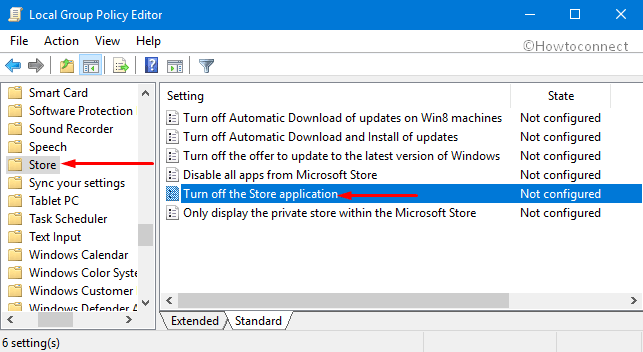

To begin open up Group Policy Management, this can be done either through Server Manager > Tools > Group Policy Management, or by running ‘gpmc.msc’ in PowerShell or Command Prompt. For more related posts and information check out our full 70-744 study guide. This post is part of our Microsoft 70-744 Securing Windows Server 2016 exam study guide series. SMB encryption has been added as of SMB version 3.0 and newer. It’s important to note that this is not encrypting the SMB traffic, we are only going to configure SMB signing so that the client and server can determine if SMB traffic has been modified. Microsoft also note that depending on factors such as the SMB version, file sizes, and specific hardware in use, SMB packet signing can degrade the performance of SMB, which is to be expected as we’re signing every packet that goes across the network, which adds overhead.

SMB packet signing is available in all supported versions of Windows. By digitally signing SMB packets the client and server can confirm where they originated from as well as their authenticity. To help detect man in the middle (MITM) attacks that may modify SMB traffic in transit, we can configure SMB signing via group policy. The Server Message Block (SMB) protocol is used to provide file and print sharing in a Microsoft based network.


 0 kommentar(er)
0 kommentar(er)
